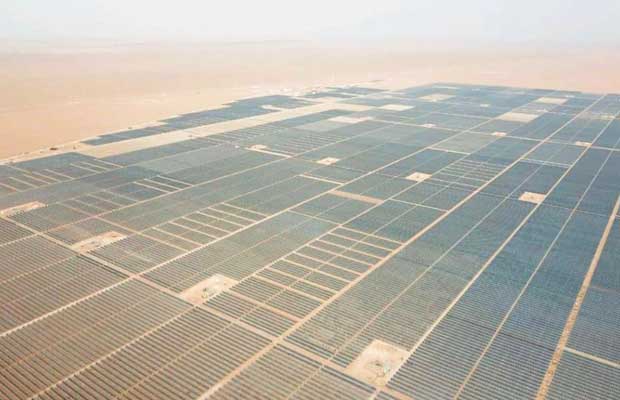Saudi scientists have created a new deep learning technique based on distributionally robust optimization (DRO) to identify the most suitable locations for utility scale wind and solar power projects. They applied the model to Saudi Arabia and found it provides ‘more realistic’ results than deterministic or robust models.
A group of scientists from the King Fahd University of Petroleum and Minerals in Saudi Arabia has developed a new method for wind and PV project siting which they said provide a more realistic modeling of uncertain parameters compared to conventional approaches.
As per reports, the new model uses deep learning features for solar radiation forecast and is capable of identifying locations with maximal power output and minimal power production variance. Its novelty consists of utilizing distributionally robust optimisation (DRO) to account for uncertainties in forecasting solar radiation and wind speed,said the report.
“DRO generally considers only partial distributional information to evaluate the optimal solution and takes the worst-case over a family of probability distributions of uncertain variables. The DRO chance constraint optimization model is a less conservative solution than the robust model for representing the forecast uncertainties of the wind turbines and PV system production,” the researchers explained.
According to the researchers, the result of the test showed that the DRO model forecast trend is closer to the actual recorded data, compared to those recorded by an older and simpler robust optimisation model.
It was said in the published papers that the new approach results in more realistic modeling of the uncertain variables than the deterministic or robust models an it further noted that the results also demonstrated that candidate sites with low wind speeds or candidate sites that are close to each other are highly not recommended in accordance with the map of mean wind speed and the map of global horizontal solar irradiation of Saudi Arabia.
Furthermore, the model relies on a Gated Recurrent Unit (GRU), a simplified version of the long short-term memory (LSTM) model, which is a kind of recurrent neural network capable of learning order dependence in sequence prediction problems.
The scientists applied their new methodology to PV and wind project siting in Saudi Arabia and found it is a “less conservative” approach in forecasting uncertainties than multi-objective robust optimization models.
The novel methodology was presented in the paper “Multi-objective distributionally robust approach for optimal location of renewable energy sources,” published in the Alexandria Engineering Journal.


